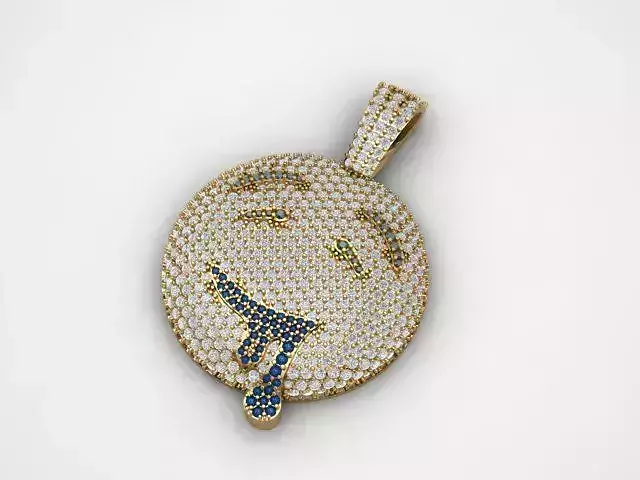1/27
The emoji was predated by the emoticon,[12] a concept implemented in 1982 by computer scientist Scott Fahlman when he suggested text-based symbols such as :-) and :-( could be used to replace language.[13] Theories about language replacement can be traced back to the 1960s, when Russian novelist and professor Vladimir Nabokov stated in an interview with The New York Times: I often think there should exist a special typographical sign for a smile — some sort of concave mark, a supine round bracket.[14] It did not become a mainstream concept until the 1990s when Japanese, American and European companies began developing Fahlman's idea.[15][16] Mary Kalantzis and Bill Cope point out that similar symbology was incorporated by Bruce Parello, a student at the University of Illinois, into PLATO IV, the first e-learning system, in 1972.[17][18] The PLATO system was not considered mainstream, and therefore Parello's pictograms were only used by a small number of people.[19] Scott Fahlman's emoticons importantly used common alphabet symbols, and aimed to replace language/text to express emotion, and for that reason are seen as the actual origin of emoticons.
Wingdings icons, including smiling and frowning facesWingdings, a font invented by Charles Bigelow and Kris Holmes, was released by Microsoft in 1990.[20] It could be used to send pictographs in rich text messages, but would only load on devices with the Wingdings font installed.[21] In 1995, the French newspaper Le Monde announced that Alcatel would be launching a new phone, the BC 600. Its welcome screen displayed a digital smiley face, replacing the usual text seen as part of the welcome message often seen on other devices at the time.[22] In 1997, J-Phone launched the SkyWalker DP-211SW, which contained a set of 90 emoji. It is thought to be the first set of its kind. Its designs, each measuring 12 by 12 pixels were monochrome, depicting numbers, sports, the time, moon phases and the weather. It contained the Pile of Poo emoji in particular.[21] The J-Phone model experienced low sales, and the emoji set was thus rarely used.[23]
In 1999, Shigetaka Kurita created 176 emoji as part of NTT DoCoMo's i-mode, used on its mobile platform.[24][25][26] They were intended to help facilitate electronic communication, and to serve as a distinguishing feature from other services.[5] Due to their influence, Kurita's designs were once claimed to be the first cellular emoji;[21] however, Kurita has denied that this is the case.[27][28] According to interviews, he took inspiration from Japanese manga where characters are often drawn with symbolic representations called manpu (such as a water drop on a face representing nervousness or confusion), and weather pictograms used to depict the weather conditions at any given time. He also drew inspiration from Chinese characters and street sign pictograms.[26][29][30] The DoCoMo i-Mode set included facial expressions, such as smiley faces, derived from a Japanese visual style commonly found in manga and anime, combined with kaomoji and smiley elements.[31] Kurita's work is displayed in the Museum of Modern Art in New York City.[32]
Kurita's emoji were brightly colored, albeit with a single color per glyph. General-use emoji, such as sports, actions and weather, can readily be traced back to Kurita's emoji set.[33] Notably absent from the set were pictograms that demonstrated emotion. The yellow-faced emoji in current use evolved from other emoticon sets and cannot be traced back to Kurita's work.[33] His set also had generic images much like the J-Phones. Elsewhere in the 1990s, Nokia phones began including preset pictograms in its text messaging app, which they defined as smileys and symbols.[34] A third notable emoji set was introduced by Japanese mobile phone brand au by KDDI.[21][35]
REVIEWS & COMMENTS
accuracy, and usability.



























